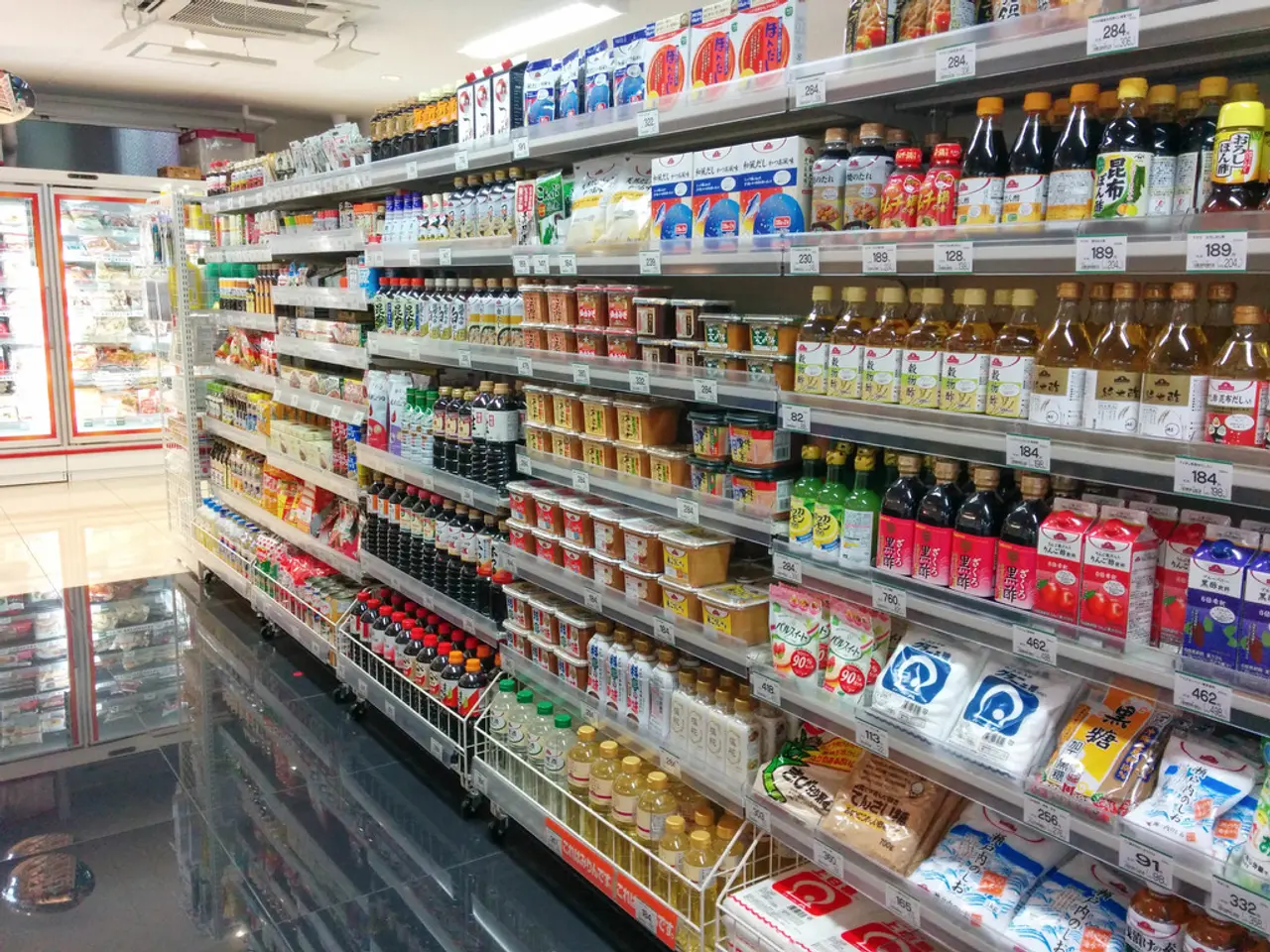Trump imposes tariffs on multiple nations, aiming to restructure international commerce
In a significant move, President Donald Trump has announced new tariffs on several trading partners in 2025, aiming to address large U.S. trade deficits and protect the national economy and security.
The new tariffs have seen a rise in the duty on Canadian goods from 25% to 35%, with most other countries facing tariffs ranging from 10% up to over 40%. The tariff on Mexican products, originally targeted for a hike, has been postponed and kept at 25%, following talks between Trump and Claudia Sheinbaum.
The tariffs on Turkish goods currently stand at 15%, following the U.S. imposing a 15% customs duty on Turkish goods earlier. Switzerland now faces a higher 39% duty, while Thailand sees a lower 19% rate.
The tariffs are part of a broader strategy to restructure global trade, benefiting American workers, farmers, and manufacturers by securing reciprocal and fair trade terms. The administration views these tariffs as necessary to deal with what it calls a national emergency due to exploding trade deficits, aiming to strengthen U.S. economic competitiveness and the defense industrial base.
The tariffs have increased uncertainty for businesses and consumers, with concerns expressed about their effect on economic stability. Some trade partners have agreed to modified terms or new security agreements to avoid higher tariffs, while others, such as Canada, face a hike to 35%, which could increase costs for U.S. importers and consumers, potentially affecting cross-border trade.
Notably excluded from the tariff order is China, which faces an Aug. 12 deadline. Meanwhile, Washington and Beijing have agreed to temporarily lower their tariffs and are working to extend their truce.
Turkey aims to increase the bilateral trade volume with the U.S. to $100 billion, while in June, Turkey exported goods worth $1.2 billion to the U.S., while importing $1.5 billion worth of American products during the same period. The tariff on Taiwanese products was revised down to 20%.
The tariffs raise duties on nearly 70 economies, with levels varying by trading partner, going as high as 41%. The latest tariff order appears to raise tariffs on several countries not initially targeted in April, including Ecuador, Ghana, and Iceland, to 15%.
Analysts are awaiting further data to gauge for more persistent effects, with proponents of Trump's tariff policy arguing that the impact will be one-off. The situation remains fluid, especially with countries still negotiating or yet to negotiate.
[1] BBC News, "Trump announces new tariffs on dozens of trading partners", August 6, 2025, link
[2] Reuters, "Trump's tariffs: What's changed and what's next", August 7, 2025, link
[3] The New York Times, "Trump's Tariffs: What They Mean for the Economy", August 8, 2025, link
[4] The Washington Post, "Trump's tariffs: A guide to the latest round of trade wars", August 9, 2025, link
[5] CNBC, "Trump's tariffs: What you need to know", August 10, 2025, link
- The new tariffs, a significant policy-and-legislation moveby President Trump, have increased the duty on various goods from numerous trading partners, including a rise from 25% to 35% on Canadian goods and a 15% hike on Turkish goods, impacting the banking-and-insurance and finance sectors.
- In the realm of general-news, analysts are closely monitoring the tariffs' persistent effects, predicting a one-off impact based on the proponents of Trump's tariff policy, while butting heads with concerns about the tariffs' potential negative impact on the economy and economic stability.
- As the tariffs shift the dynamics of global trade, politics, particularly trade negotiations and agreements, have become increasingly important, as some countries have agreed to modified terms or security agreements to avoid higher tariffs, while others, such as Canada, grapple with the ramifications of increased tariffs and potential cost hikes for importers and consumers.




